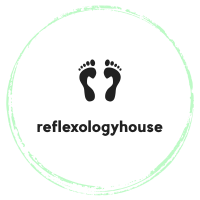Reflexology is a non-invasive complementary health therapy that can be effective in promoting deep relaxation and wellbeing; by reducing stress in people’s lives can be key in optimising good health and building resilience. It is a touch therapy that is based on the theory that different points on the feet, lower leg, hands, face or ears correspond with different areas of the body and reflexologists work these points and areas.
However reflexology is viewed, there can be no doubt that what it does provide is a period of time for relaxation where the client has one to one attention and supportive touch in an empathetic listening environment. Reflexology can be used safely alongside standard healthcare to promote better health for their clients.
What’s the main theory behind reflexology?
The theory of reflexology is that all the systems and organs of the whole body are mirrored or reflected in smaller peripheral areas, for example the feet, hands, ears and face. These can be seen in relation to the feet by following the link to our interactive reflexology map (right).
Back in the 1920’s investigative studies regarding this concept allowed the first Western reflexology foot map to be produced. Since that time the other anatomical areas have been mapped allowing this model to be applied to the hands, ears and face.
The reflexologist simply works those reflected areas with their sensitive fingers, aiming to bring those areas back to balance and therefore aiding the body to work as well as it can. Reflexology very much works on an individual basis, the reflexologist provides professional facilitation of your body’s own potential for well-being.
While there are few available scientific studies specifically into how reflexology works, there are scientific studies that support the potential positive effects that can be achieved by touch.
